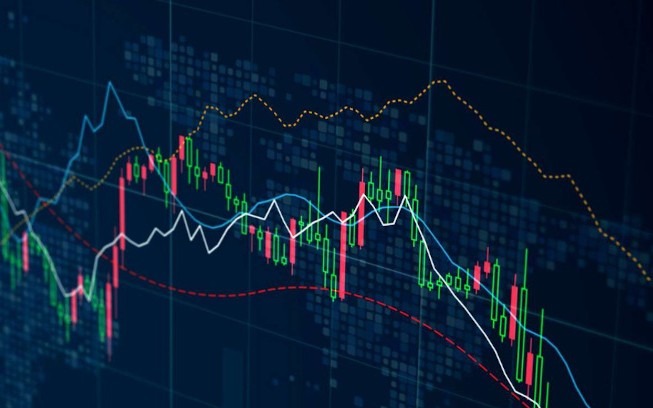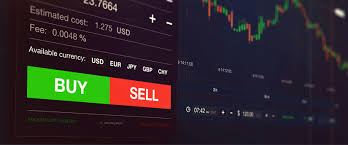
Mastering the Forex Market: Strategies and Insights for Successful Trading
The Forex market, one of the fastest-growing financial markets worldwide, boasts a daily trading volume exceeding $6 trillion. This decentralized marketplace opens up opportunities for investors and traders across the globe to engage in currency exchange, speculate on price movements, and hedge against financial risks. To thrive in this competitive environment, one must evolve their trading strategies continually. Whether you are a novice or seasoned trader, understanding the dynamics of the Forex market is crucial. For reliable resources, consider checking out forex market trading MT4 Forex Brokers to begin your trading journey effectively.
Understanding the Forex Market Structure
The Forex market is unique due to its structure. It operates over-the-counter (OTC), which means that trading occurs electronically and is decentralized. The market operates 24 hours a day, five days a week, making it accessible to traders worldwide. Major trading centers include London, New York, Tokyo, and Sydney. This constant trading cycle creates numerous opportunities for traders to enter and exit trades at any hour based on their strategies and preferences.
Key Players in the Forex Market
Various participants engage in the Forex market, each playing a unique role. Here are the main players:
- Central Banks: They regulate monetary policy and control inflation. Central banks like the Federal Reserve or the European Central Bank can influence currency values significantly through interest rate adjustments or open market operations.
- Institutional Investors: These include hedge funds, pension funds, and other investment institutions that trade large volumes, often impacting market trends and volatility.
- Commercial Companies: Corporations engaged in international trade deal with currency exchange for import and export, affecting demand for specific currencies.
- Retail Traders: Individual traders make up a significant portion of the Forex market. They use brokers and trading platforms to trade currencies. Retail trading has grown with advancements in technology and access to information.
Forex Trading Strategies
Successful trading in the Forex market involves the application of effective strategies. Here are some popular strategies that traders employ:
1. Scalping
Scalping is a short-term trading strategy that involves making numerous trades over a trading session to capitalize on small price movements. Scalpers typically hold trades for seconds or minutes, requiring quick decision-making and execution skills.
2. Day Trading
Day trading involves buying and selling currencies within the same trading day. Day traders aim to profit from intraday price movements, closing all positions before the market closes. This strategy requires a solid understanding of technical analysis and market trends.
3. Swing Trading
Swing traders hold positions for several days or weeks, aiming to capture price swings in the market. This strategy allows for less stress compared to day trading, as traders do not need to monitor the market constantly.

4. Position Trading
Position trading is a long-term strategy where traders hold onto their positions for months or years, relying on fundamental analysis and broader economic indicators to influence their decisions.
Tools and Analysis in Forex Trading
Utilizing the right tools and performing thorough analysis is essential for successful trading. Here are key components for traders:
1. Technical Analysis
Technical analysis involves analyzing price charts and trading volumes to predict future price movements. Traders use various indicators like Moving Averages, Relative Strength Index (RSI), and Fibonacci retracement levels to identify trends and potential entry or exit points.
2. Fundamental Analysis
This involves analyzing economic indicators, news releases, and geopolitical events that can affect currency values. Traders need to stay updated on economic data like interest rates, employment statistics, and inflation reports that can lead to volatility in the market.
3. Automated Trading Systems
Many traders use trading robots and automated systems to execute trades based on predetermined criteria. These systems can help eliminate emotional bias and enhance trading efficiency.
Risk Management in Forex Trading
Effective risk management strategies are crucial for preserving capital and maximizing profits. Strategies include:
- Using Stop-Loss Orders: Protect yourself from significant losses by setting stop-loss orders that automatically close your position at a predetermined loss level.
- Position Sizing: Determine the size of your positions based on your account balance and risk tolerance to avoid overexposing yourself to market volatility.
- Diversification: Diversifying your portfolio across different currency pairs and strategies can help mitigate risks associated with any single currency.
The Future of Forex Trading
The Forex market continues to evolve with advancements in technology and shifts in global economic conditions. The integration of artificial intelligence and machine learning is gradually changing trading paradigms, providing traders with advanced tools for data analysis and predictions. Furthermore, the increasing popularity of cryptocurrencies is influencing Forex trading dynamics, creating opportunities for cross-market trades.
Conclusion
To succeed in the Forex market, one must commit to continuous learning and adapt to changing market conditions. By understanding the market structure, utilizing effective trading strategies, employing robust tools for analysis, and implementing prudent risk management techniques, traders can navigate this complex but rewarding marketplace. Remember, success in Forex trading is a journey that requires patience, discipline, and a well-informed approach.
